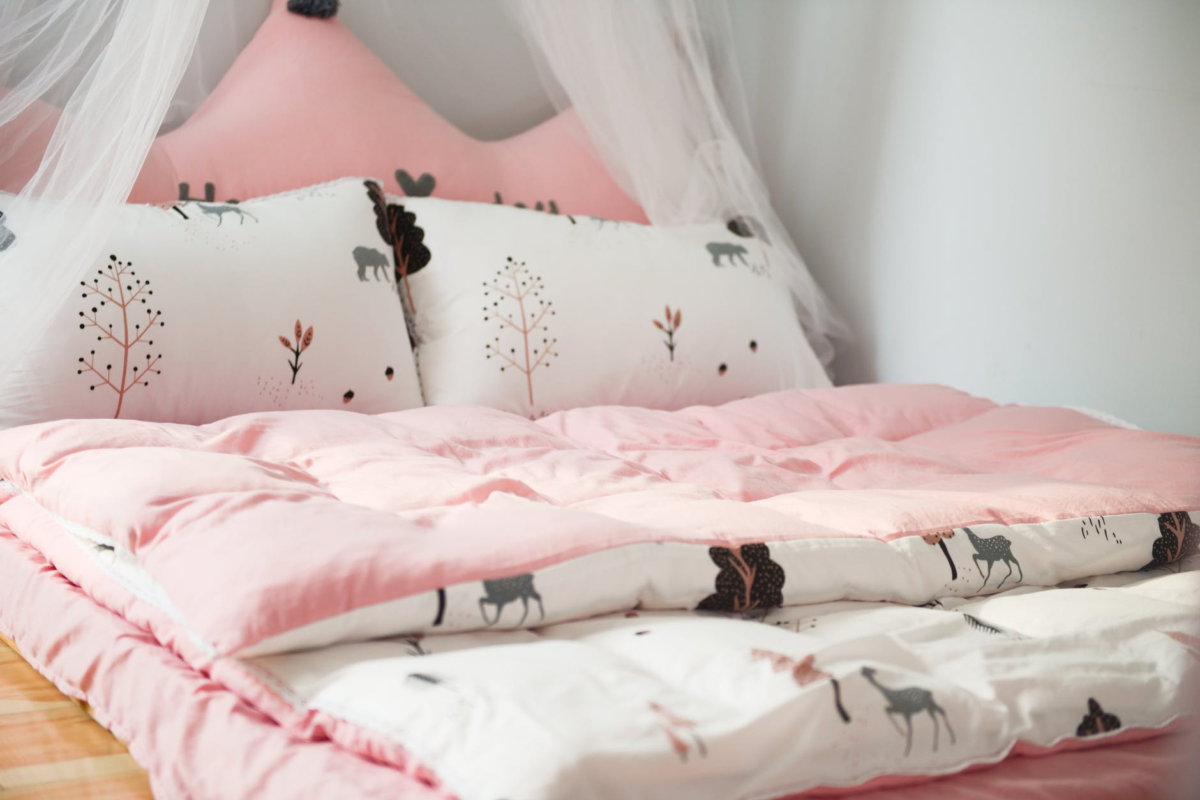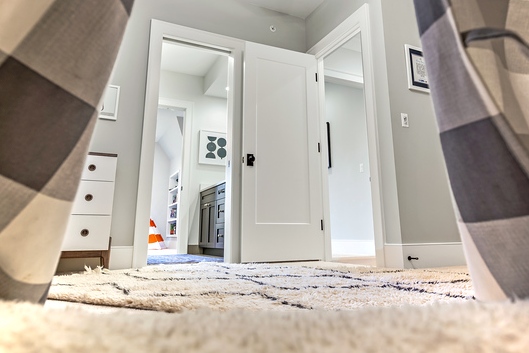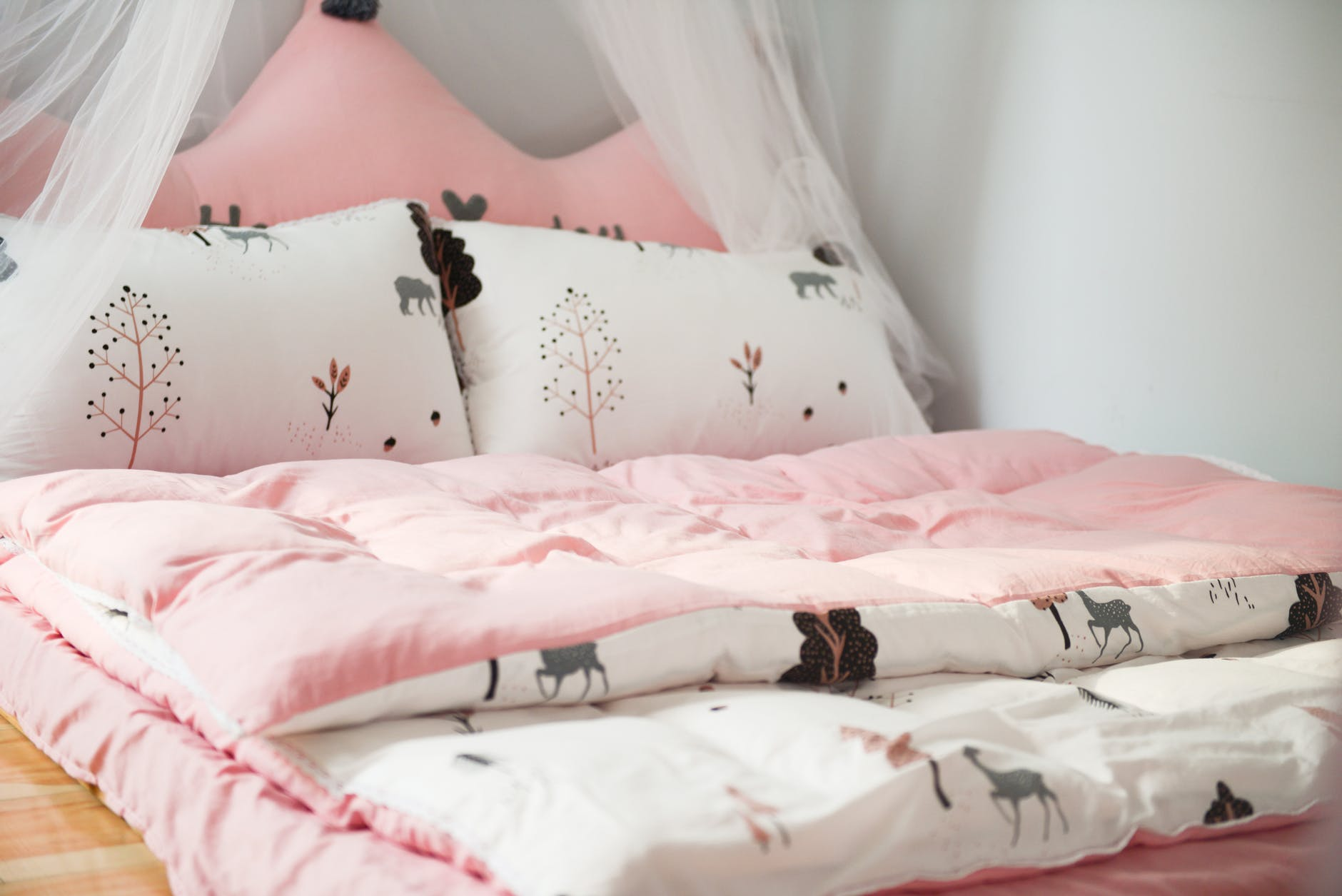
5 Tips to Help You Set Up an Awesome Autism-Friendly Bedroom
Designing a home for a family can be a challenge. And it is a challenge we enjoy. Every member of the family must be taken into consideration. What type of kitchen does mom, or even dad, envision? Will there be entertainment areas? What should the bedrooms look like? Even what will the yard look like. Every perspective must be taken into account and that is truly important when you have a special needs child. The design process should include plans for accessibility for the disabled person and also some special considerations for the caregivers as well.
Recently we received an article from Jenny Wise, the mom of a child on the autism spectrum. Jenny writes about her dealings with children with special needs on her blog at www.specialhomeeducator.com and submitted an article to us on designing an Autism-friendly bedroom. We thought you might enjoy reading about special considerations that should be taken into account during the design process if you have a child with special needs. This is the type of special attention to detail that we believe is important when creating the home where your lifelong memories will be made.

5 Tips to Help You Set Up an Awesome Autism-Friendly Bedroom
By Jenny Wise
Over the past few years, we’ve come to better understand the needs of people affected by autism. If your child is on the spectrum, you’re no stranger to adjusting your life to fit those special needs. But have you considered adjusting your child’s bedroom too? After all, a child’s bedroom can be a centering spot for their lives, so make sure your kid’s room is designed and equipped with all that they need to thrive with these special touches.
Make Breathing Easier for Your Child
Before you start painting or decorating, consider picking up some tools to help your child breathe better as they sleep and play. The best way to reduce indoor pollutants inside the bedroom is to use a MERV 11 air filter in your HVAC system. These filters remove 95% of the pollen and mold particles that can impact your family’s health the most. Coupled with regular cleaning, this can make it easier for your child to breathe and relax in the bedroom, and a quiet humidifier can help as well. Adding that clean moisture back into the air can be comforting for your family and help you all sleep better at night.
Use Bedroom Colors to Induce Relaxation
Children with autism benefit from a sense of calm in their living spaces. Your child needs a bedroom that allows relaxation and an escape from the hustle and bustle of the outside world, and you can achieve this with calming colors. When creating a bedroom that will help your child relax and sleep, think soft shades of blue, green or grey. Softer hues can also be helpful for children on the spectrum who may be sensitive to certain colors. Brighter shades often used in kids’ areas, like orange, yellow and red, can be overwhelming for many children with autism, so to be on the safe side, stick with calming hues, and avoid bright colors in your child’s bedroom.
Choose Spectrum-Friendly Lamps and Bulbs
Just like bright colors, bright lights can affect children on the spectrum as well. Sensory processing issues, including sensitivities to harsh lighting, are very common among children and adults with autism. If you notice your child reacting to fluorescent lights and bulbs, opt for softer bulbs in the bedroom, and experiment with lamps and variations in lighting to determine what works best for your child. You can also use specialty lamps to help your child relax and fall asleep more quickly. Seasonal affective disorder (SAD) lamps may be beneficial for children on the spectrum, but check with your child’s therapists and doctors before using light therapy at home.
Find Furnishings that Provide Comfort
Once you have some bedroom basics planned, you can work on adding special touches for your child. For kids on the spectrum, having an area where senses are not being stimulated can be a welcome respite. You can set up a small sensory deprivation space in your child’s bedroom with a cozy tent or adorable teepee. Depending on your child’s comfort level, you can even decorate the inside of the teepee with lights to make an even more special hangout spot. When it comes time to sleep and relax, buying a weighted blanket can be helpful too. These blankets provide anxiety and stress-relief, and can be especially beneficial for children on the spectrum.
Separate Sleeping Areas from Those for Play
The main focus on a child’s bedroom should be sleep, but children on the spectrum need ways to stimulate their senses as well. Setting up ball pits, crash pads and tactile surfaces can all help your child become more comfortable with the world around them. Since concentration and sleep quality can be an issue for children with autism, be sure to divide sleep spaces from the areas where your child learns and plays in their bedroom.
When a child is on the autism spectrum, they need a comfortable space to sleep, play and escape the stresses of everyday life. You can help provide that space by setting up a bedroom that enriches their mind, calms their senses, and allows them to really relax at home.
Photo Credit: Pexels

As a designer I would add the following notes: At a minimum I would recommend starting with a MERV 8 (minimum efficiency reporting value) filter. The higher the MERV number, the more filtration capabilities of the filter. However, some older residential units may not be able to handle this level of filter. At a minimum it will negatively affect performance. At worst, it could damage the unit.
I would also suggest that you consult our article regarding LED lighting for the room. Using bulbs in the 2700 soft white range for a more subdued atmosphere in the room could provide more comfort for the autistic child.
